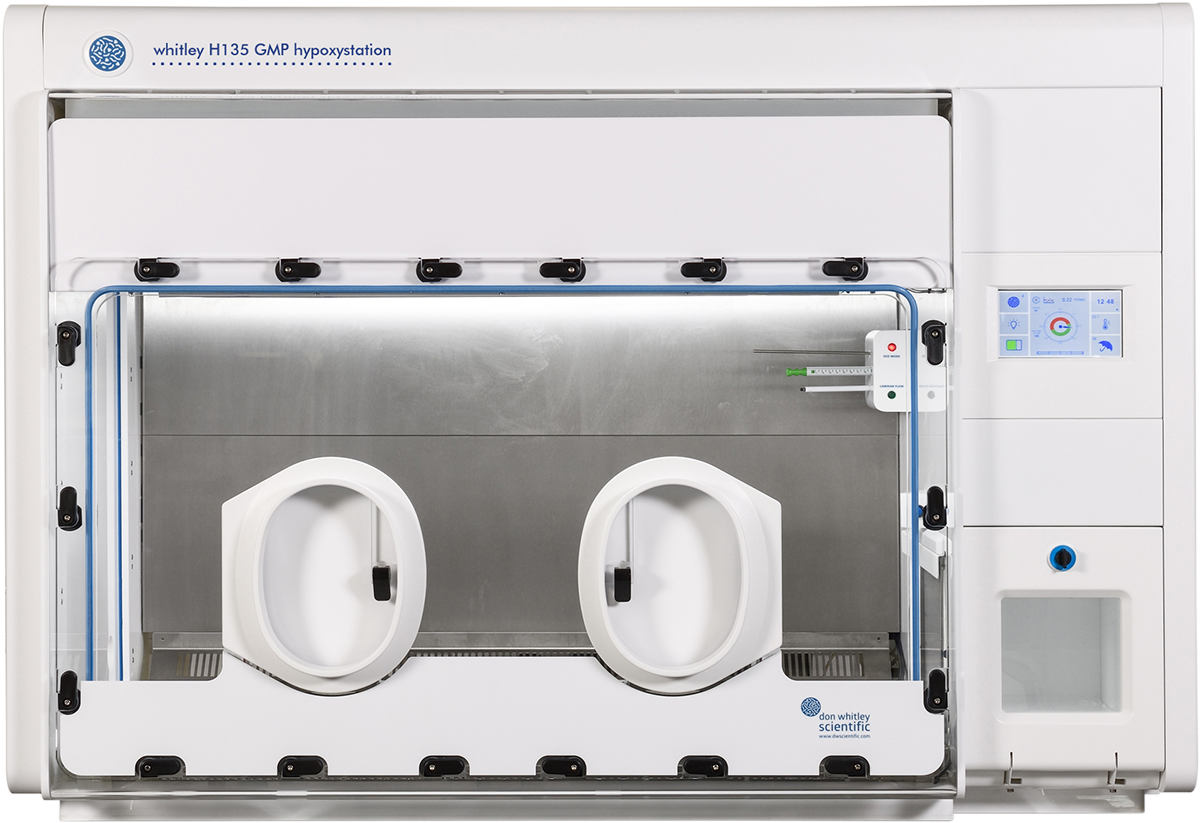
Type 1 diabetes (T1DM), also known as insulin-dependent diabetes mellitus, is a chronic autoimmune disorder that usually presents itself in children or young adults. Diabetes UK has reported that in the UK there are 4.3 million people now living with a diagnosis of diabetes and 8% of those suffer from T1DM [1]. This type of diabetes is characterised by the autoreactivity of T cells against pancreatic β-cells, leading to their destruction and depleting the ability of the pancreas to produce insulin. This results in hyperglycaemia, abnormal glucose metabolism, and a lifelong reliance on exogenous insulin, leading patients to struggle with poor glycaemic control that in turn can cause complications [2]. While a combination of genetic factors and environmental influences is thought to contribute to the development of the immune disorder in T1DM, the precise aetiology remains unclear [2].
Recent years have given way to the development of continuous subcutaneous insulin infusion (CSII) pumps and continuous glucose monitors (CGM), termed the artificial pancreas [3]. Hybrid closed loop systems connect these devices via a control algorithm programmed to maintain target glucose [3]. These devices have led to better physiological and psychosocial outcomes in sufferers by enhancing time in optimal glycaemic range and reducing severe hypoglycaemia [3]. This has been shown using glycosylated haemoglobin (HbA1c) assays of the device users. These devices do have limitations, such as the lag time of glycemia detected by CGM, the risk of hypoglycaemia and potential infection [2].
Clinical trials have shown that β-cell transplantation and islet transplantation are more effective alternatives as they restore the pancreatic function of insulin production, however the treatment necessitates the patient to take immunosuppressive drugs that can have adverse side effects. Another area of scrutiny is the use of stem cell transplantation. These cells can be derived from several sources, such as mesenchymal stem cells (MSCs) human embryonic stem cells (hESCs), and bone marrow hematopoietic stem cells (BM-HSCs) and using these can remove the need for a donor and can moderate T cell proliferation and immune response against β – cells [2].
 In recent studies using mice models and clinical trials, administration of stem cells from different origins have shown the promotion of existing β-cell survival and regeneration, resulting in increased β-cell mass, increase in blood insulin levels and the downregulation of hyperglycaemia [2]. These can enhance insulin sensitivity and promote islet cell regeneration, which was shown to improve blood glucose control [2].
In recent studies using mice models and clinical trials, administration of stem cells from different origins have shown the promotion of existing β-cell survival and regeneration, resulting in increased β-cell mass, increase in blood insulin levels and the downregulation of hyperglycaemia [2]. These can enhance insulin sensitivity and promote islet cell regeneration, which was shown to improve blood glucose control [2].
Growing stem cells? Our Whitley H135 GMP Isolator provides Grade A laminar flow, creating the ideal environment for optimised stem cell growth in low oxygen conditions, with improved control to provide consistency in cell behaviour, proliferation, and differentiation.
References
- Diabetes UK (April 2023) number of people living with diabetes in the UK tops 5 million for the first time www.diabetes.org.uk/about_us/news/number-people-living-diabetes-uk-tops-5-million-first-time
- Wan Xin-Xing, Zhang Dan-Yi, Khan Md. Asaduzzaman, Zheng Sheng-Yuan, Hu Xi-Min, Zhang Qi, Yang Rong-Hua, Xiong Kun (2022) Stem Cell Transplantation in the Treatment of Type 1 Diabetes Mellitus: From Insulin Replacement to Beta-Cell Replacement. Frontiers in Endocrinology Volume 13
- Munachiso Nwokolo, Roman Hovorka, The Artificial Pancreas and Type 1 Diabetes, The Journal of Clinical Endocrinology & Metabolism, Volume 108, Issue 7, July 2023, Pages 1614–1623,


 en
en

 English
English